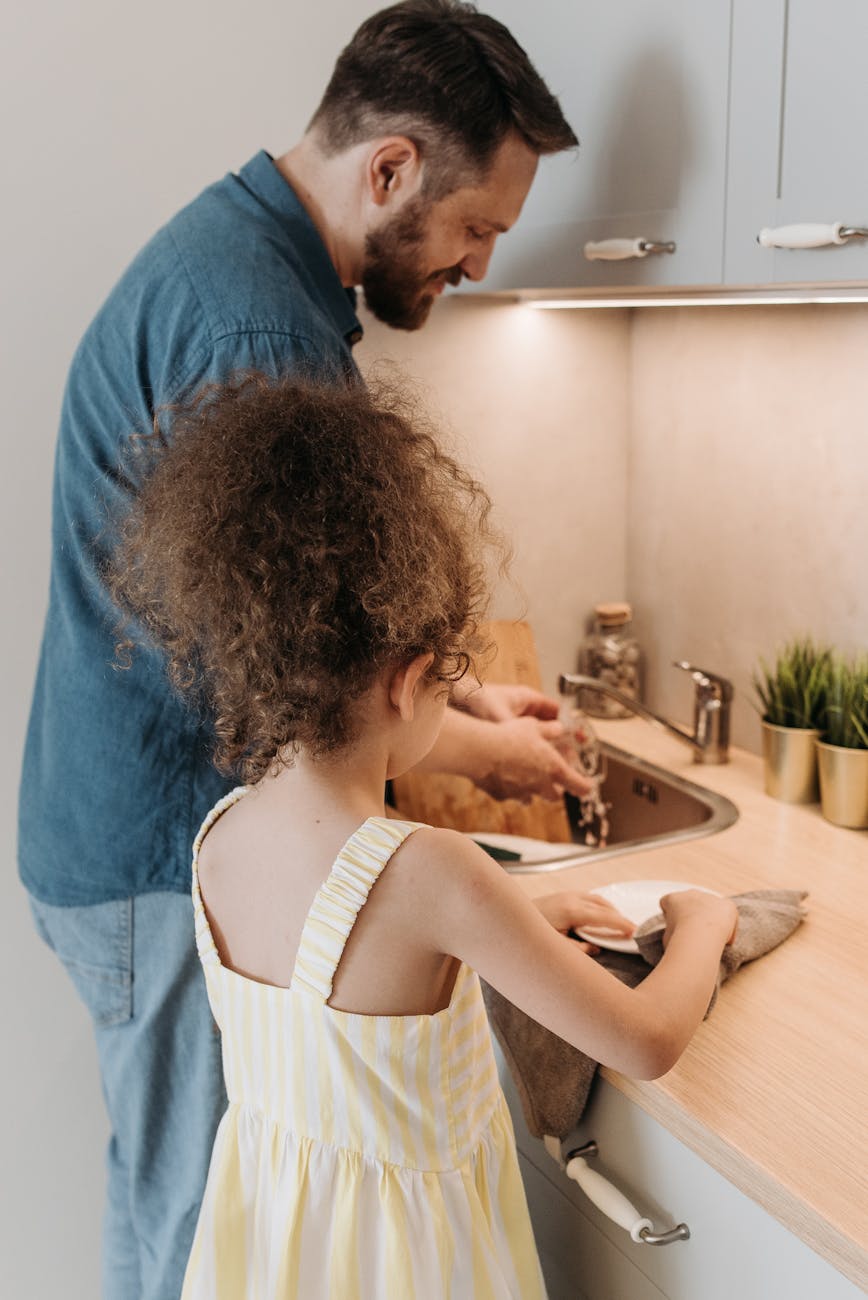Top Homebuyer Assistance Programs for Low-Income Families in 2024
Top homebuyer assistance programs for low-income families in 2024
For many low-income families, the dream of homeownership can seem out of reach due to financial constraints and rising housing costs. Fortunately, a variety of homebuyer assistance programs in 2024 are designed specifically to help these families achieve stability and build wealth through owning a home. These programs offer financial aid in the form of down payment assistance, grants, low-interest loans, and educational resources tailored to ease the burdens of purchasing a first home. In this article, we will explore some of the most effective and accessible programs available this year, explaining how they work, who qualifies, and how prospective buyers can maximize their benefits. Understanding these options is crucial for making informed decisions and ultimately securing a path to affordable homeownership.
Federal assistance programs providing foundational support
The U.S. government offers several federal programs that serve as the cornerstone for many homebuyer aid options. The Federal Housing Administration (FHA) loan remains one of the most popular paths because it requires low down payments—typically as little as 3.5%—and is more accessible to applicants with less-than-perfect credit. Additionally, the HUD Good Neighbor Next Door Program provides significant discounts (up to 50%) on home prices in revitalization areas for eligible teachers, law enforcement, and firefighters.
Another critical resource is the HomePath Ready Buyer Program, designed to help first-time buyers obtain reduced mortgage requirements and financing incentives when purchasing foreclosed homes owned by Fannie Mae. These federal initiatives act as a gateway for low-income families, lowering initial financial barriers and encouraging stable homeownership.
State and local programs tailored to community needs
Beyond federal offerings, many states and municipalities provide targeted homebuyer assistance programs. These are particularly valuable because they often address specific regional housing challenges and aim to boost local economies. For example, some states offer down payment assistance grants that do not require repayment, making them highly advantageous.
Other programs may offer closing cost assistance or provide below-market interest rates on home loans. A few notable examples include:
- California Housing Finance Agency (CalHFA): Offers down payment and closing cost assistance grants up to $15,000.
- Texas Department of Housing and Community Affairs (TDHCA): Provides down payment assistance of up to 5% of the loan amount.
- New York State Housing Finance Agency (HFA): Features first-time homebuyer loans combined with down payment help and educational courses.
Local housing authorities and nonprofits also frequently run programs tailored to economically distressed areas, focusing on long-term community revitalization through homeownership.
Nonprofit and private sector support enhancing accessibility
Nonprofit organizations play a vital role in supplementing government programs by offering additional funding and educational tools. Groups such as NeighborWorks America and Habitat for Humanity provide grants, zero-interest loans, and workshops that teach budgeting, credit repair, and home maintenance.
Additionally, many private lenders have created special loan packages for low-income borrowers, often working in tandem with public programs to lower interest rates or reduce upfront costs. Some examples include:
| Program | Type | Benefit |
|---|---|---|
| Wells Fargo Homebuyer Grant | Grant | $7,500 toward down payment for eligible buyers |
| Chase DreaMaker Mortgage | Loan | 3% down payment with flexible credit requirements |
| NeighborWorks Home Ownership Center | Education & Grants | Homebuyer education, counseling, and grants |
This synergistic approach helps fill gaps that government programs alone might miss, making homeownership more feasible for families with limited assets.
Steps to maximize assistance benefits for low-income buyers
To optimize opportunities from these programs, low-income buyers should follow a strategic process:
- Assess financial situation: Understanding income, credit score, and debt-to-income ratio helps identify qualifying options.
- Explore multiple programs: Combining federal, state, local, and nonprofit resources can greatly increase total aid received.
- Complete pre-purchase education: Many programs require or incentivize homebuyer counseling to prepare families for sustaining homeownership.
- Work with approved lenders and agents: Certified professionals familiar with assistance programs can streamline application processes.
By carefully navigating these steps, buyers can uncover all available assistance, reduce financial stress, and build equity in their new homes more efficiently.
Conclusion
In 2024, low-income families have access to a rich variety of homebuyer assistance programs designed to make ownership attainable and sustainable. Federal initiatives like FHA loans and HUD’s Good Neighbor Next Door provide essential foundational support, while state and local programs add tailored benefits including down payment grants and reduced interest rates. Complementing these, nonprofits and private lenders offer grants, counseling, and special loan products to further ease the path to homeownership. Understanding how to combine these resources and investing in education and professional guidance can maximize assistance benefits, helping families overcome financial barriers. Ultimately, these programs not only open doors to affordable housing but also empower low-income families to build stable, long-term wealth and contribute to stronger communities.
Image by: Pavel Danilyuk
https://www.pexels.com/@pavel-danilyuk
editor's pick
latest video
news via inbox
Nulla turp dis cursus. Integer liberos euismod pretium faucibua


